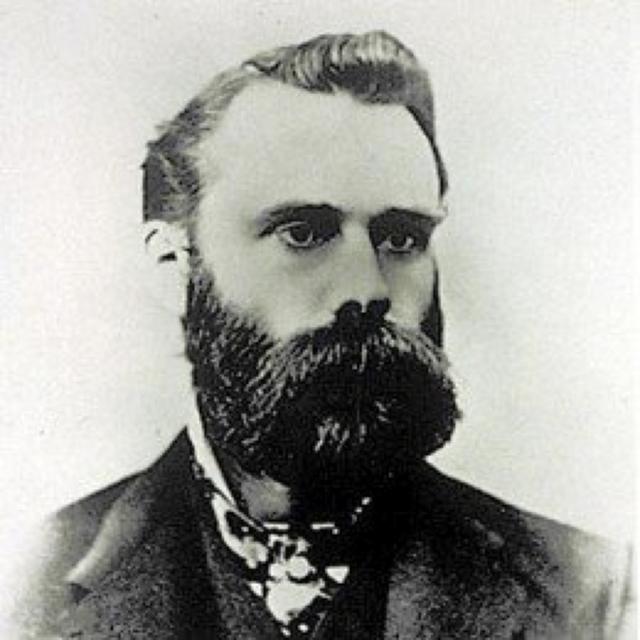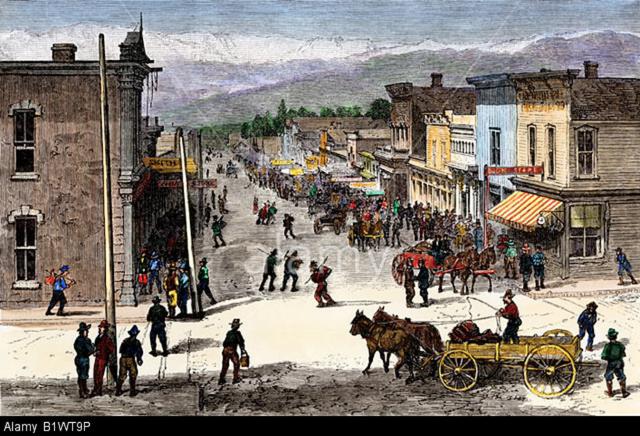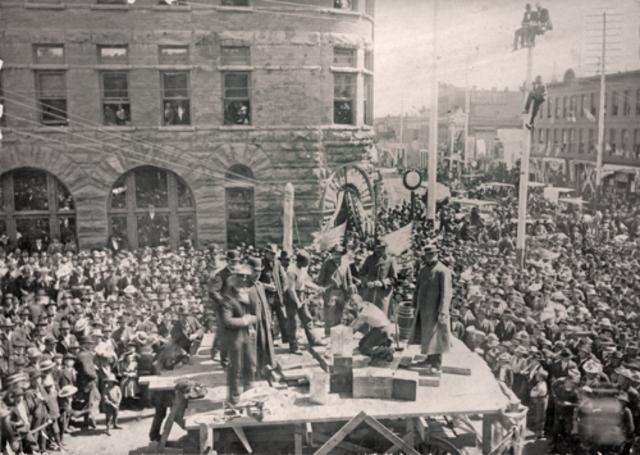
(Travis’s Note: This post was originally written on May 29th, 2015, and I am re-posting it today, October 28th, 2018. Interestingly, both the Transportation Average (IYT), and the Dow Jones Industrial Average (DIA) are both below their 200-day moving averages today, as I write this post, so that is a nail in the coffin for the current bull market).
Dow Theory
Dow Theory takes its name from Charles H. Dow, pictured above, the co-founder of Dow Jones & Company, alongside Edward Jones and Charles Bergstresser. Investors should be familiar with at least two of those three names. It amazes me the longer I write and study market history, how intertwined today’s company names are with important historical figures. Similar to myself, Charles Dow was a historian, and a market historian. He was a firm believer in capitalism, and he frequently used the term “raw capitalism”. He aimed to report the facts objectively, and later in life, he consistently warned his reporters against accepting bribes for free stock promotion, which was common in the 1890’s, and remains common today. At the start of his writing career with the Providence Journal, he specialized in articles on regional history, focusing on New England towns, and the resulting investment implications.
He achieved notoriety for his famous “Leadville Letters”. I have posted pictures of Leadville, above, form the late 1800’s and early 1900’s. Dow’s writings from Leadville were based on an expedition Dow took to Colorado in 1879. He traveled to Leadville by train, over the course of four days, to report on the mining boom that was taking place in Colorado. Eventually Dow left his position writing for the Providence Journal, to head to New York City, where he founded the company that bears his name in 1882. On July 8th, 1889, Dow Jones & Company published the first issue of the Wall Street Journal. Market historians will probably find it interesting that Charles H. Dow ultimately sold his shares of his company in 1902 to Clarence Barron, and that is why the Wall Street Journal and Barron’s are sister publications today.
Charles H. Dow was the featured editorial writer in the Wall Street Journalfrom 1889 till 1902. During this time, he popularized the Dow Jones Transportation Average, which he had originally created in 1884, at his predecessor publication titled the Customer’s Afternoon Letter. The original Dow Jones Transportation Average contained nine railroads and two industrial companies. This index was a predecessor to the Dow Jones Industrial Average, which was formally published for the first time in 1896. Charles H. Dow used these new averages to help identify bull and bear markets. If both averages made a new high, it confirmed that a bull market was underway, from his perspective. However, if their was a divergence, that was a warning sign. Additionally, if both averages made a low, that signaled a bear market.



